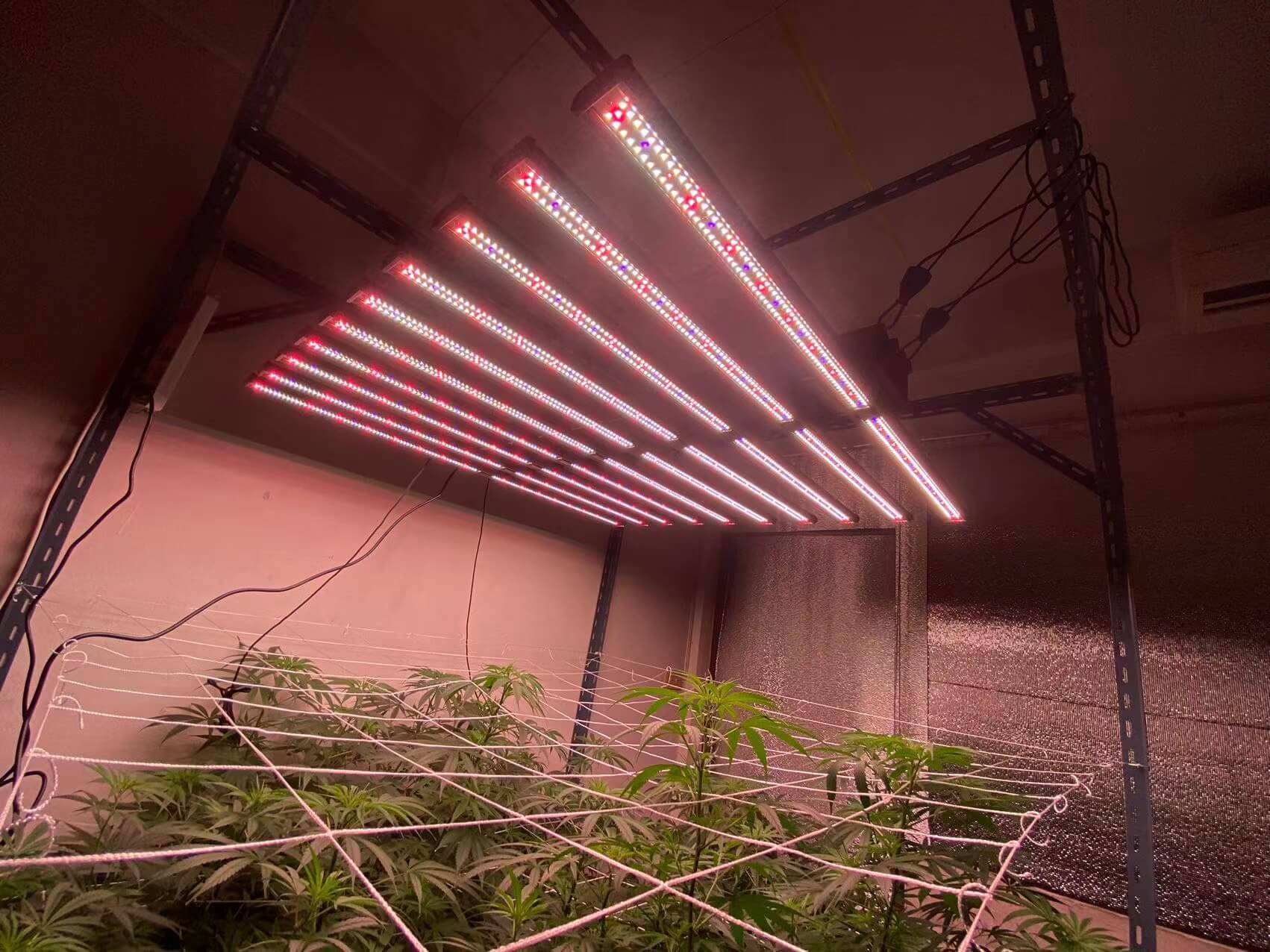
Essential Guide: How LED Grow Lights Work and How to Use Them
Introduction
Have you ever questioned how LED grow lights work and why these lights are helpful for indoor gardening? Gardeners say that while grow lights are expensive, they can save up to 40% on electricity bills compared to regular lights. Such staggering numbers or ratios show the critical role of LED technology in contemporary gardening. As indoor gardening enters a new era of growth, it is crucial to study the mechanisms and advantages of LED grow light systems. Here, we will discuss how LED grow lights work, the benefits of using LEDs in plant growth compared to other traditional lighting technologies, and how to apply them to promote plant growth.
Learn how LED grow lights work and the latest innovations
What are LED grow lights?
Grow Lights LED is a specialized lighting system that emits the correct spectrum of light required for plants to grow properly. Compared to other grow lights, which often contain a large amount of useless wavelengths that fail to enhance photosynthesis in plants, LED grow lights can be designed to produce only the necessary wavelengths of light. Therefore, this customization has a positive impact on energy efficiency and growth rate.
LED Technology Basics
The main component of LED grow lights is the light emitting diode or commonly known as LED. LEDs are mainly used to pass an electric current through a semiconductor that produces light. However, the different colors of light produced depend on the type of material used in the semiconductor element and the amount of electricity input to the diode device. For plants, this means that the pulses can be carefully adjusted according to the needs of the plant at various developmental stages such as germination, vegetative growth and flowering. This targeted action improves the condition of the plants and makes them stronger because they have a higher ability to photosynthesize.
Differences between LED grow lights and traditional grow lights
LEDs have the following advantages over other grow light sources, such as HID and fluorescent. First, LEDs are more energy efficient, radiating more photons per watt of electricity, providing more usable light for plants. This efficiency saves energy consumption and reduces heat output, thus eliminating the need for air conditioning systems. Second, LEDs have a longer lifespan and can last tens of thousands of hours before reaching the end of their lifespan. Last but not least, the option to precisely adjust the light spectrum makes LEDs superior to all other light types required for plant growth. For example, while HID lamps produce white light that contains a wide spectrum, a considerable portion of it belongs to the spectrum that is useless to plants. LED grow lights, on the other hand, can utilize wavelengths that effectively support photosynthesis, such as red and blue light.
The Science Behind LED Grow Lights
Understanding PAR in LED Grow Lights
Photosynthetically Active Radiation, or PAR for short, is a very important factor in LED grow lights. PAR refers to a specific portion of the light spectrum that includes the wavelengths that plants use for photosynthesis (400 to 700 nm). Obviously, not all light is effective in affecting photosynthesis in plants, with blue light between 450 nm being effective for plant growth and red light between 660 nm promoting flowering. LED grow lights for gardens are constructed to achieve the optimal PAR value; in other words, the light emitted must be within the desired plant-friendly spectrum. This concentration of efficiency produces a PAR that allows plants to grow faster and healthier than under conventional lighting systems.
The role of light spectrum in plant growth
Plants at different stages of growth require different types of light in the light spectrum process. In particular, during the vegetative stage, a higher proportion of blue light is required to promote the formation of leaves. Once the plant enters the flowering stage, red light is encouraged to stimulate the formation of flowers and fruits. Gardeners can control the spectrum emitted by LED grow lights to provide the correct spectrum at the right time, which makes LED grow lights one of the most useful tools a gardener can use when growing plants indoors. The ability to further control the spectrum is not only for the angle of plant growth, but also for the light settings determined by the grower at his or her discretion to provide the best results for the plants.
Photosynthesis and light intensity
Light intensity plays a major role in photosynthesis, which is the process by which plants convert light into energy. This view holds that photosynthesis depends on the ability of grow lights to control light intensity, so growers can provide the plants with the light they need based on the light input. If there is not enough light, it will stunt plant growth, while if there is too much light, it will cause light stress, which will cause the plant to be unable to process the energy and damage the plant. Controlling light intensity helps growers provide the correct light dosage that plants need throughout their life cycle.
Optimizing LED Grow Lights for Specific Plants
Targeting LEDs for specific plants requires identifying the appropriate light spectrum for the plant species being grown under LEDs. In growing cannabis or tomatoes or succulents, optimizing the light spectrum for the specific needs of the plant at a particular growth stage will improve yield, quality, and overall health. This section will provide specific information on how to fine-tune your LED grow lights for the type of crop you are growing to achieve the best results.
Optimizing the light spectrum for crops
Optimizing light for cannabis growth
Light sources and their distribution can be selected and arranged to most effectively promote plant growth and promote cannabis growth.
Light is also an important need for plants, and cannabis requires different light spectrums at different stages of plant growth. With LED grow lights, cannabis plants can achieve the highest yields possible, and you can simply change the light spectrum based on the growth stage of the cannabis plant.
More blue LED light is also needed during the vegetative growth stage to help produce strong, healthy leaves. When the light spectrum content shifts to higher wavelengths or the blue region of about 450-500 nm, the plant will grow strong stems and leaves. This phase is very important for the plant’s later growth, and using the best LED lights (i.e. blue light spectrum) will help provide the plant with the nutrients it needs to have a strong structure to support the budding buds.
During the flowering phase of the plant, more emphasis should be placed on red light, especially in the 620-700nm range. This aspect will affect the growth of the plant, especially with the help of red light, which helps with flowering, thereby promoting the growth and formation of thick and sticky buds. You should also learn to regulate the grow lights, increasing the red light during this period, as this will have a positive impact on the quantity and quality of the final product.
For those wondering how to use LED grow lights for cannabis, it is wise to strictly control the intensity and duration of the lighting. During the growth phase, it is recommended that cannabis plants are exposed to light for 18 to 24 hours per day, while during the flowering phase, a 12/12 light and dark cycle is ideal for bud production. Using easily programmable LED grow lights means that the necessary changes can be set automatically, allowing the plant to create the proper environment during the growth process.
Practical Spectrum Adjustment Tips
Not all plants require the same spectrum, and knowing how to manipulate LED grow lights for each plant will enhance or hinder your chances of having lush plants. Here are some practical tips for optimizing the spectrum for several common plant types:
1. Succulents: These hardy plants grow well under bright lighting conditions. Succulents require red and blue light spectrums, which are essential to closely replicate the natural light sources in their natural adaptation environment, including arid climate areas. In order not to let your plants “stretch” due to insufficient light, LED grow lights should provide a lot of light for photosynthesis, blue light in the vegetative stage, and full-spectrum light to maintain rich colors and lush plants. For example, if the light source has a spectrum range of 400 to 700 nanometers, it means that the plants will be healthy and well-shaped.
2. Tomatoes: Tomato plants need a balanced radiation spectrum to promote their vegetative growth and fruit production. Especially in the seedling stage, they should be exposed to more blue light to promote the growth of their leaves and stems. After the plant begins to flower and produce fruit, it is necessary to switch to a spectrum range that contains more red light to stimulate flowering and fruit ripening. The best LED grow lights are those that emit a full spectrum light output, which can be changed to recommend blue light in the beginning stages and red light thereafter. Different plants require different light intensities, ranging from 700-1000 micromoles per square meter per second (µmol/m²/s) to grow and produce a good yield.
3. Leafy Greens: Lettuce, spinach, and kale have a spectrum that is more suited to blue light, as this promotes dense leaf growth. These plants may grow dense green healthy leaves better if the balance of blue to red light is 3:1. Since blue light is very important in the early development stages of the plant’s growth cycle, and is usually harvested before the plant flowers, it is recommended that the light emitted should have a consistent blue light spectrum at different growth stages. LED grow lights with flexible spectra are particularly beneficial for meeting the light needs required by the leafy greens being grown.
Regarding the location of the grow light, it is also important to pay attention to the distance between the light and the plant canopy. Too close and the plant will heat up; too far and the plant may not get the light it needs. It is recommended to start with a ceiling distance of about 12-18 inches from the canopy and adjust based on the plant’s response. Check the plant frequently for signs of light stress, including browning or curling leaves, and then change the distance of the light source or the spectrum used.
By modifying the spectrum as well as the light intensity to suit the plant’s environmental needs, plant growth can be enhanced, thereby increasing crop yields. Whether you are growing cannabis or tomatoes, succulents or spinach, understanding these principles and applying these points can help you achieve maximum efficiency from your LED grow lights.
Improve ROI with LED Grow Lights
LED grow lights can prove to be more cost-effective and generate a higher ROI than HID lights if decided to use them in the long term. This section aims to describe how LED technology can improve plant productivity as well as provide value to large-scale agriculture. Therefore, through this real-life LED grow light case study along with future market analysis, it is clear to see why LED grow lights will become the most popular lights among commercial growers.
Comparing LED and HID lights: Cost-Benefit Analysis
If we are to differentiate between LED and HID lights, we must also consider the initial cost of the bulb and the overall cost of the light in the long term. Although HID lights have been used for lighting agricultural activities for many years, LEDs have several advantages that can provide a better return on investment in the long run if used for lighting agricultural activities.
Initial Cost and Lifespan: HID lights have a lower upfront cost than LEDs; however, they are less efficient as they need to be replaced after 10,000 to 15,000 hours, and therefore degrade faster. This is in stark contrast to LED grow lights, which, although more expensive to purchase, can last up to or even more than 50,000 hours, so they require fewer replacements and lower labor costs. However, due to the long product life, LEDs are a more efficient solution in the long run.
Energy efficiency: Of all the features of LED plant grow lights, perhaps the most important one is energy efficiency. LEDs are perfectly capable of converting large amounts of electrical energy into usable lighting for plants, and they have low energy consumption. As for HID lights, they emit heat in addition to light, which makes them inefficient because it wastes energy and requires air conditioning to regulate the temperature for effective growth. This directly leads to increased operating costs for businesses.
Light quality and spectrum control: Another benefit of LED plant grow lights is that growers can actually control the spectrum used in the growing process. It can improve plant health, growth, and yield, thereby increasing revenue. In contrast, HID lights provide a fixed spectrum and require additional lamps or filters to achieve optimal light quality, which increases complexity and cost.
Case Study: LED vs. HID in Large-Scale Agriculture
To explain the cost/benefit analysis, continuing with the previous case of using LED and HID lights in large-scale agriculture, let’s take the following template. In this case, a commercial greenhouse converts from HID to LED grow lights across its 100,000 square feet of coverage. The initial cost of implementing LED lighting is high, with lighting costs as high as $500,000, compared to $300,000 for HID. But the lifespan and energy used of LED lights is an advantage over other types of artificial lighting.
1. Energy Savings: LED grow lights replace traditional lighting sources, reducing electrical energy consumption by 40%, thereby reducing electricity expenses by approximately $200,000 per year. In addition, LEDs are cooler, reducing the need for cooling systems, therefore, saving another $50,000 per year on HVAC.
2. Improved Yield: The greenhouse produces 20% more quality crops due to the flexibility in using light. As a result, the yield increased by 30%, the annual revenue increased by $300,000, and the cost of using LED lights was recovered after two years.
3. Labor and Maintenance: The long-term use of LED grow lights also allows the company to avoid frequent replacement (which will cost money in terms of manpower and machinery), thereby minimizing the occurrence of such situations. The total return on investment is more than 150%, calculated based on the maintenance costs saved, energy costs and additional revenue from higher yields in five years of using the spin coater.
The above case clearly shows why investing in LED grow lights is a smarter choice, especially in the large-scale horticultural industry. The only disadvantage is the higher initial cost, but it can be recovered in the first few years through energy costs, maintenance costs and increased crop yields using LEDs, making it the most cost-effective option.
Conclusion
Therefore, LED grow lights can be said to be one of the greatest innovations in the field of indoor gardening and commercial agriculture. From the sections of this guide, readers not only understand the main uses of LED grow lights, but also their advantages in terms of energy consumption, adjustable light spectrum, low cost and high return on investment. When growers understand how these lights work and how to best apply them according to the type of plants grown, such as cannabis, tomatoes or succulents, their results are bound to improve.
The use of LED grow lights is outlined in various case studies and user success stories, which show the overall benefits of using LED grow lights for plants and yields. The LED grow light market is constantly expanding, and with the emergence of new technologies such as smart control systems and dynamic adjustment of light spectrum, the possible efficiency and efficacy will be further improved.
For growers who want to maximize their results by using LED grow lights, it is important to be aware of any new developments. Whether this is your first time using LED grow lights or you want to optimize it further, there is always something new to discover. For more information on how to further improve the efficiency of LED grow lights, you can refer to the following recommended articles, and if you are interested in receiving the latest updates from our team, please feel free to subscribe to our articles. Additionally, we encourage you to leave a comment and discuss your story – your testimonials are helpful to others who are planning to use grow lights and want to learn more, especially about the correct techniques to use when installing grow lights for your plants.
When you use LED grow lights in the best possible way, you will not only get excellent results for your plants, but you will also be environmentally friendly and you will save money in the long run. As you advance in horticulture, one of the most important determinants of plant growth is the correct lighting conditions.
CATEGORIES
Recommended Post

Where It’s Legal to Grow Cannabis: Ultimate Tips & Cultivation Laws
About Author—Jose Li
Jose, a senior content creator at BATA LED, brings over 5 years of expertise in LED grow light. He delivers valuable insights to help growers and farmers better understand LED grow light technology, empowering them to boost crop yields and quality with advanced lighting solutions.


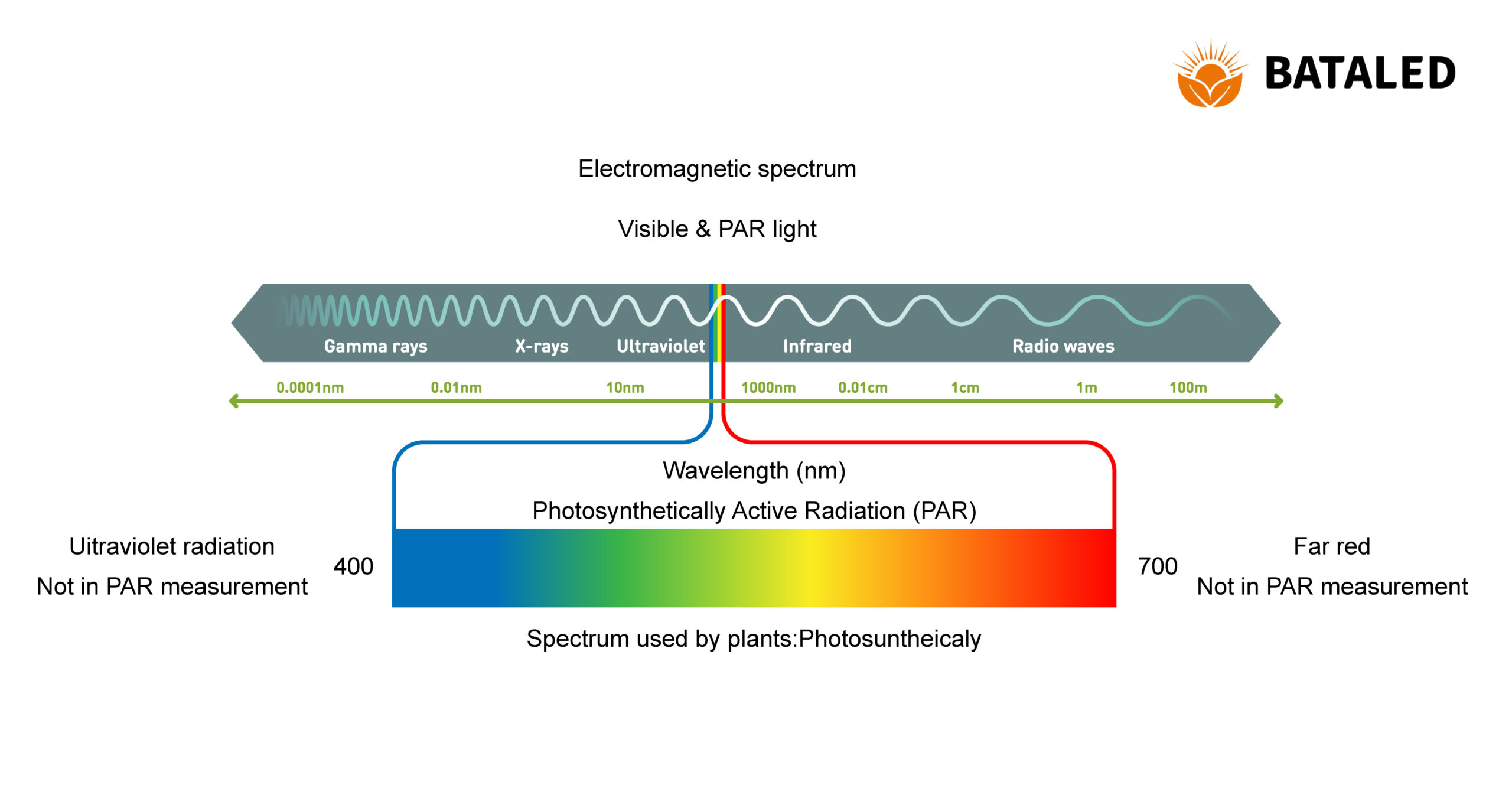




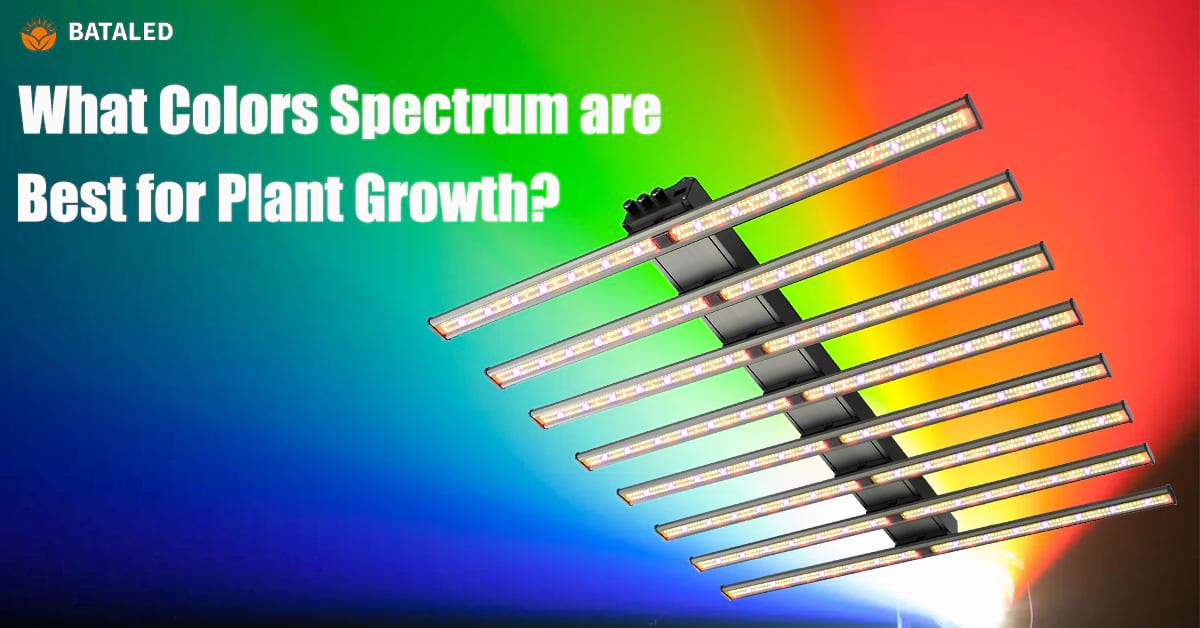
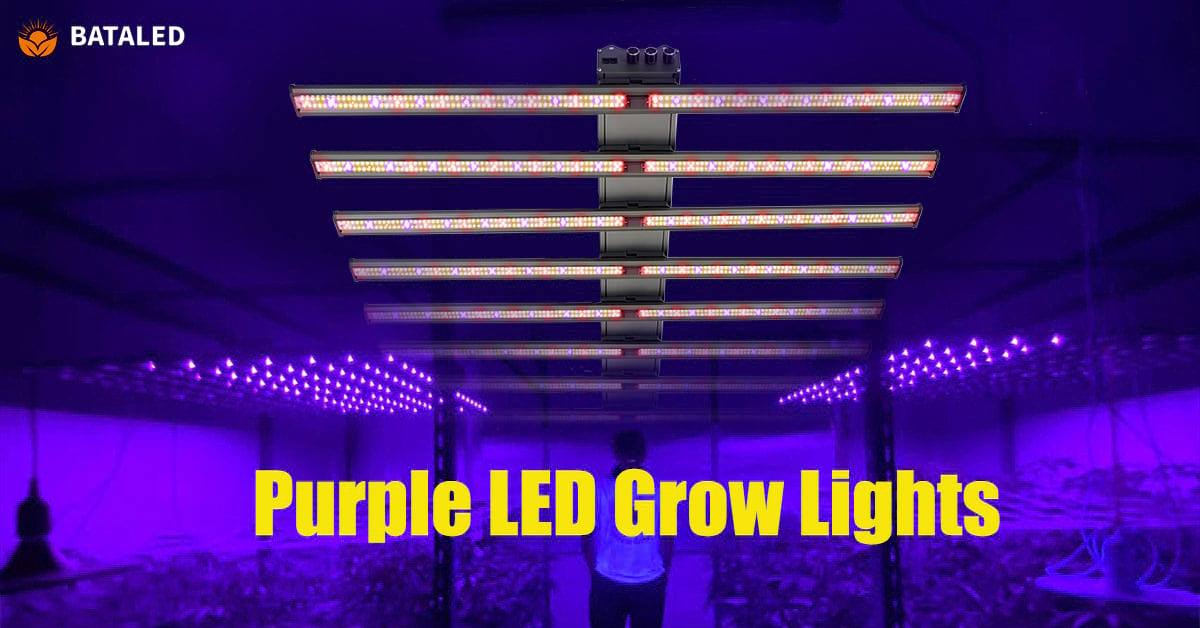
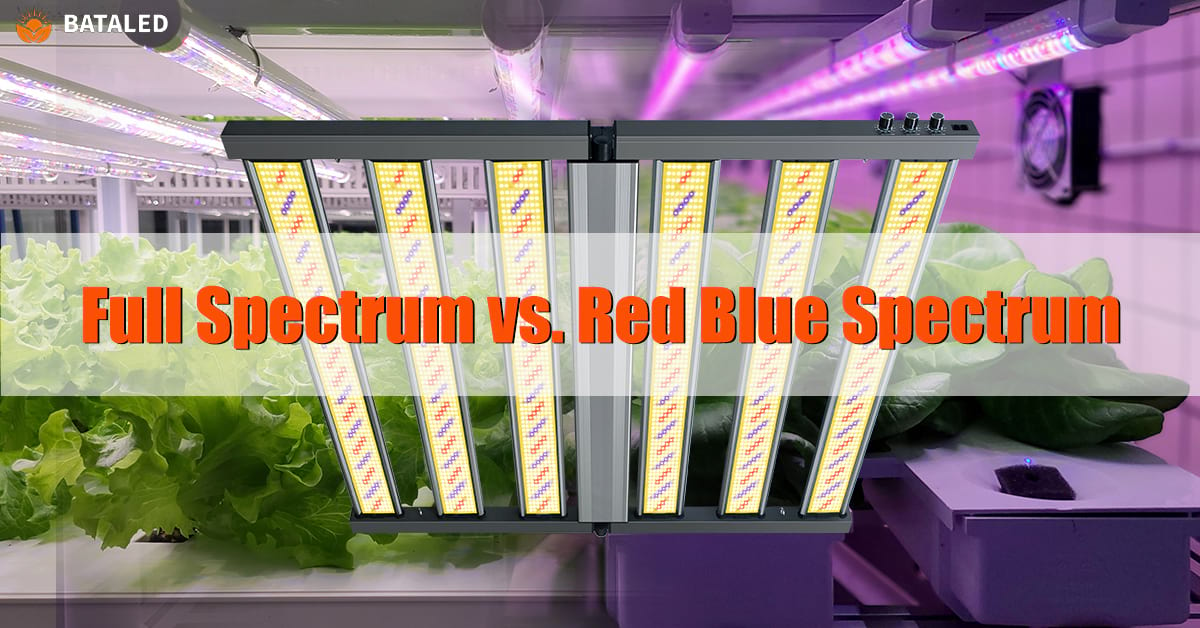
0 Comments